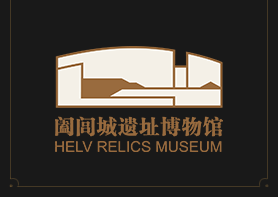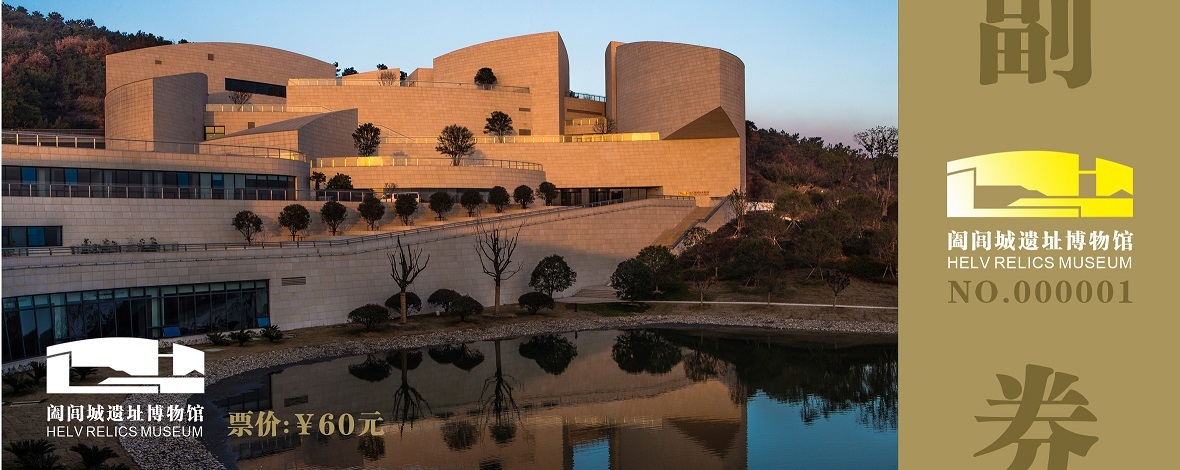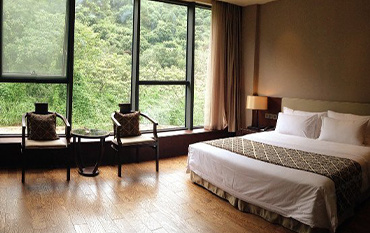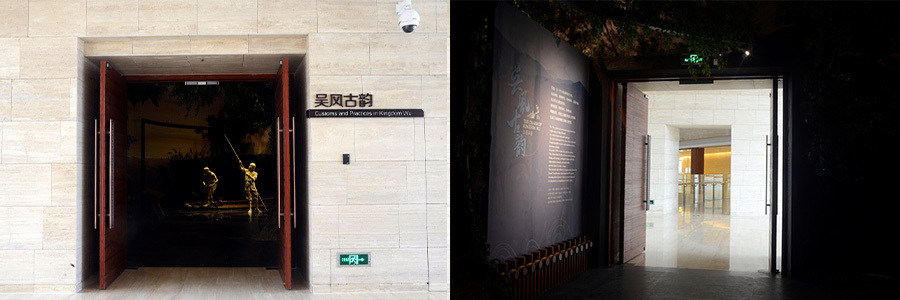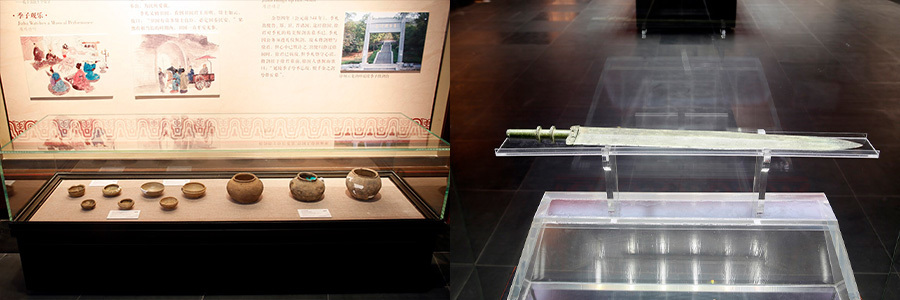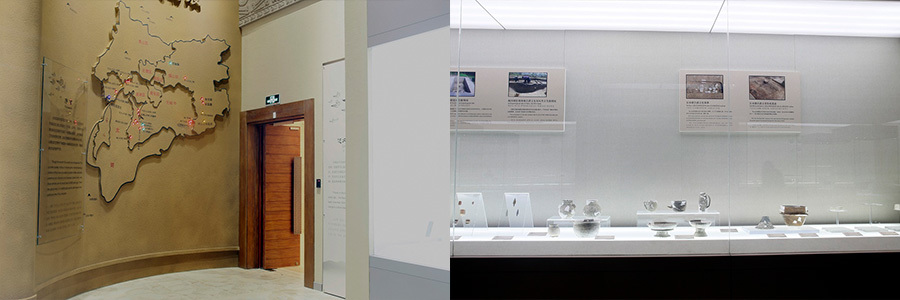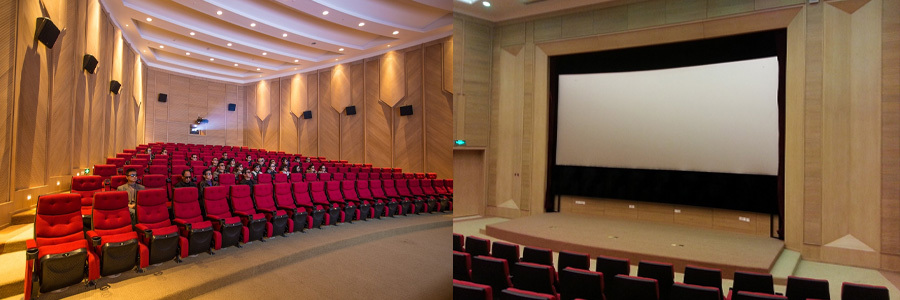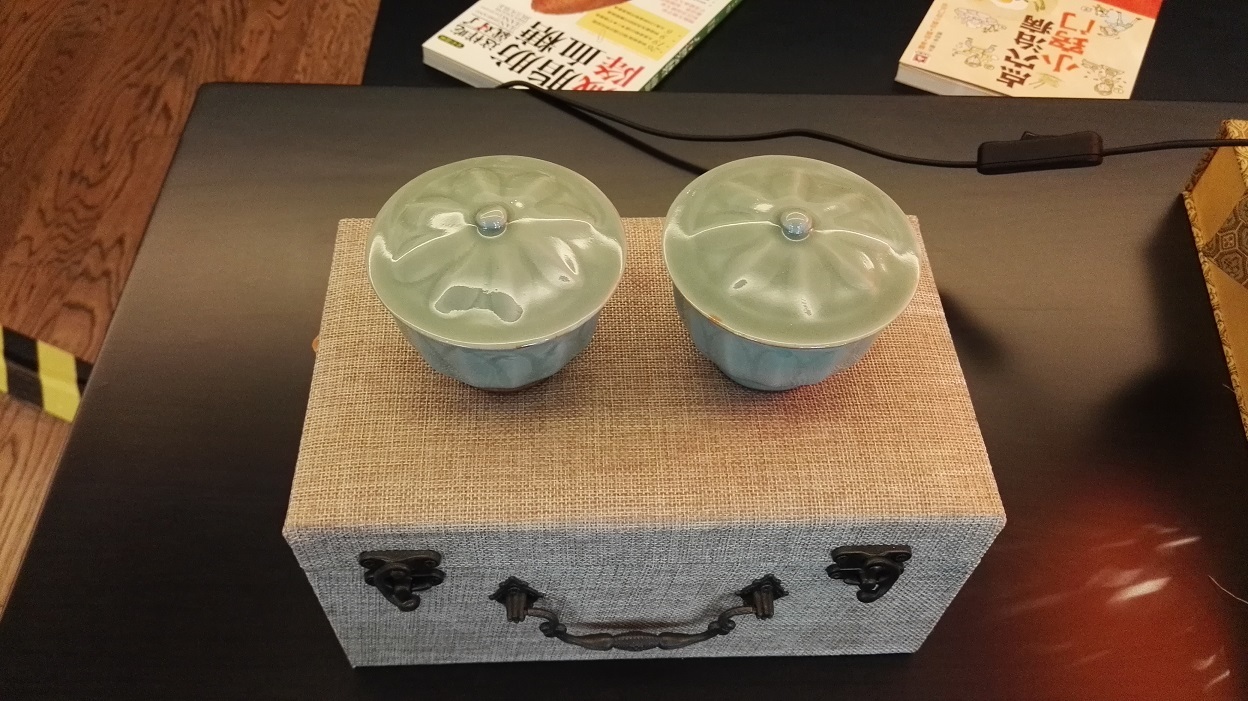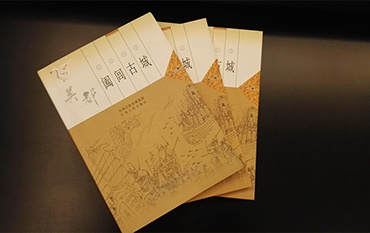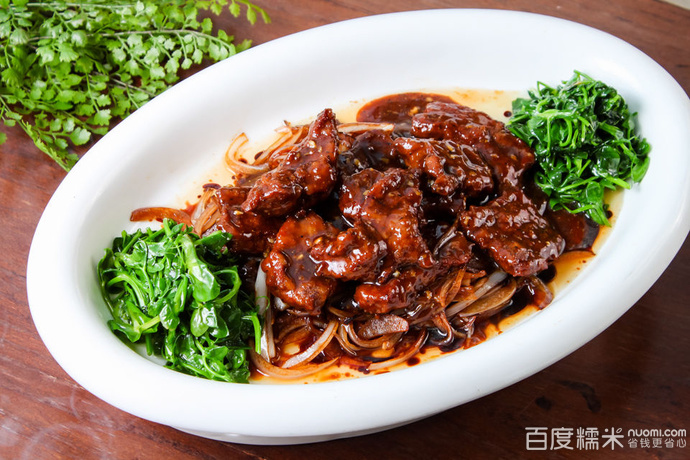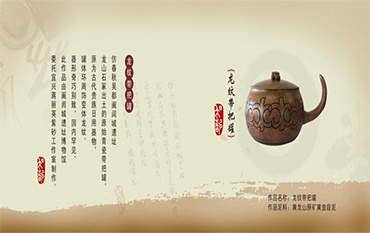
A brief introduction to the Battle of Baiju, one of the pivotal battles during the Warring States period.
Release time:
2022-08-30
The Battle of Boju
The Battle of Boju was a famous battle in ancient Chinese military history. In 506 BC, King Helu of Wu, assisted by Wu Zixu and Sun Tzu, led an army of 30,000, along with the forces of Cai and Tang, in a long-distance raid. They launched a surprise attack on the Chu army at Boju, winning five consecutive victories. They conquered the Chu capital Ying, shocking the Central Plains and establishing Wu as a dominant power in the late Spring and Autumn period.
The Course of the War
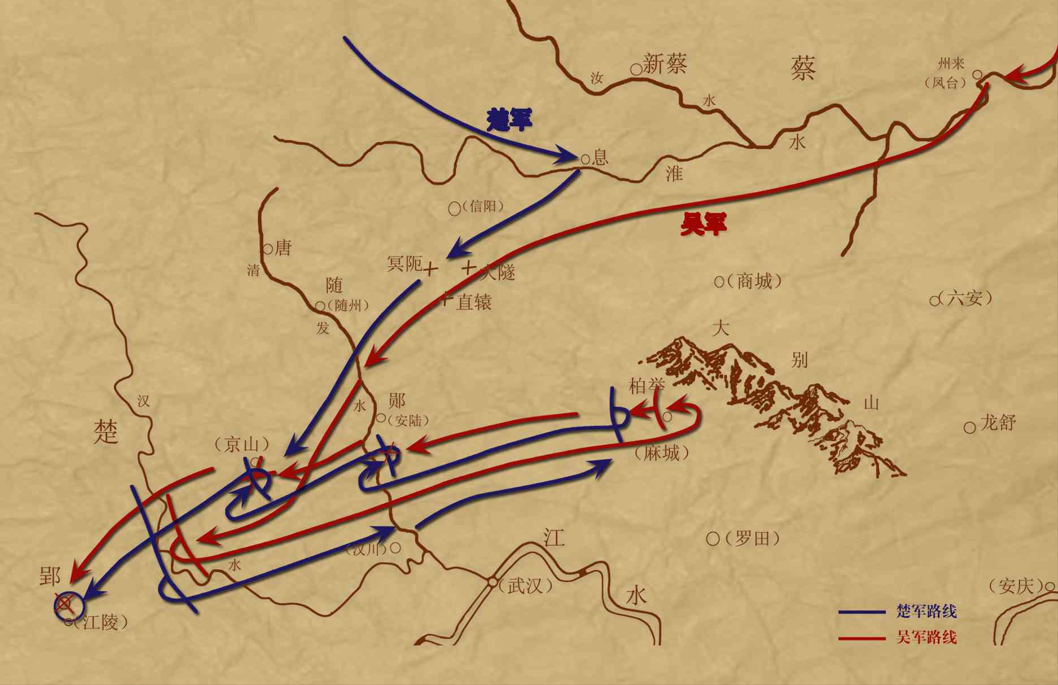
Diagram of the Wu-Chu War
Cai's Plea for Help
In the autumn of 506 BC, Nang Wa, the Grand Marshal of Chu, led his troops to besiege Cai, a small state that had submitted to Wu. Cai, in dire straits, appealed to Wu for assistance.
[Historical Documents
Zuo Zhuan, Duke Ding, Year 4: In summer, Cai destroyed Shen. In autumn, Chu, due to Shen's demise, besieged Cai.
King of Wu Attacks Chu
Wu dispatched troops to rescue Cai. Helu personally led the expedition, with Sun Wu and Wu Zixu serving as major generals, and Helu's younger brother Fu Gai as the vanguard. The entire national force of 30,000 troops, both land and naval, set sail on warships, traveling up the Huai River. Tang also joined forces with Wu and Cai. The combined armies of Wu, Cai, and Tang advanced toward the Chu capital.
[Historical Documents
Zuo Zhuan, Duke Ding, Year 4: In winter, the marquis of Cai, the general of Wu, and the marquis of Tang attacked Chu.
Leaving the Boats and Landing
Under Sun Wu's command, the Wu army bypassed Chu's defenses, sailed along the Huai River to the northeast of Chu, abandoned their boats at Huai Rui, and dispatched elite troops as the vanguard in a swift advance towards Ying. The surprise appearance of the Wu army in the heart of Chu territory made "achieving victory through surprise" a classic military strategy.
[Historical Documents
Zuo Zhuan, Duke Ding, Year 4: They abandoned their boats at Huai Rui and, from Yu Zhang, bordered the Han River with Chu.
Wu and Chu Confront Each Other
Wu and Chu faced each other across the Han River. Shen Yin Xu, Chu's Left Sima (a military officer), devised a battle plan: he would lead his troops to flank the Wu army, while Nang Wa would block them on the west bank of the Han River. The Wu army found itself in a perilous situation.
[Historical Documents
Zuo Zhuan, Duke Ding, Year 4:The Left Sima Xu said to Zi Chang: "You should follow the Han River and engage them from upstream and downstream, while I will completely destroy their boats outside the city walls and block the Da Sui, Zhi Yuan, and Ming E passes. You can then cross the Han River and attack them, while I attack from the rear. We are sure to defeat them decisively." This plan was then executed.
Internal Conflict in the Chu Army
Nang Wa, the Chu Grand Marshal, heeded the misguided advice of his subordinates and engaged the Wu army across the river, suffering three consecutive defeats.
[Historical Documents
Zuo Zhuan, Duke Ding, Year 4:Wu Cheng Hei said to Zi Chang: "Wu uses wood, while we use leather; this cannot last. It's better to fight quickly." Shi Huang said to Zi Chang: "The Chu people are malicious but fond of their Sima. If the Sima destroys the Wu boats on the Huai River and enters through the blocked city gates, then they alone can defeat Wu. You must fight quickly, or you will not escape." So he crossed the Han River and formed ranks, from Xiao Bie to Da Bie. After three battles, Zi Chang knew it was impossible and wanted to flee.
Arrival at Ying
The Chu army suffered a crushing defeat at Boju, and Nang Wa fled to Zheng. The remnants retreated to Qingfa Shui (present-day Ji Shui, west of Anlu, Hubei) southwest of Boju. The Wu army pressed their advantage, capturing half of the Chu forces. In five more battles, they arrived at Ying.
[Historical Documents
Zuo Zhuan, Duke Ding, Year 4:On the Gengwu day of the eleventh month, the two armies met at Boju…The Wu army decisively defeated them. Zi Chang fled to Zheng………The Wu army pursued the Chu army to Qingfa…"Halfway across, then we can attack." Following this advice, they defeated them again. The Chu were eating, and the Wu forces attacked them and they fled. The Wu forces pursued them while eating, and defeated them at Yongpo. After five battles, they arrived at Ying.
Chu's Defeat
Shen Yin Xu, upon learning of the Chu army's defeat, retreated and engaged the Wu army. Although he achieved some small victories, he was repeatedly injured and ultimately unable to turn the tide. Finally, seeing that the situation was hopeless, Shen Yin Xu ordered his men to cut off his head and present it to the Chu king. With this, the Chu army completely collapsed.
[Historical Documents
Zuo Zhuan, Duke Ding, Year 4:The Left Sima Xu returned to rest and then defeated the Wu army at Yongpo, suffering injuries. Initially, the Sima had served under King Helu, and he was ashamed of being captured. He said to his men: "Who can save my head?" Wu Ju Bei said: “"I have truly failed you, what can be done!"After three battles, all resulting in injuries, he said: "I am no longer of use." Ju Bei took his cloth garment, cut his own throat and wrapped his head in it, hid his body, and offered his head to save himself.
King Zhao Flees to Sui
On the twenty-seventh day of the eleventh month, King Zhao of Chu and his entourage escaped. On the twenty-eighth day of the eleventh month, the Wu army captured Ying. King Zhao fled to Sui, and the Wu army pursued them and negotiated with Sui. Sui refused to hand over King Zhao under the pretext of an unfavorable divination. The Wu army retreated. King Zhao then formed an alliance with Sui.
[Historical Documents
Zuo Zhuan, Duke Ding, Year 4:On the Ji Mao day (the twenty-seventh day of the eleventh month), the King of Chu took his sister Ji Mi, and gave her to me to lead him out…fled to Sui. The Wu army followed him and said to the people of Sui: "Those who are descendants of Zhou in Hanchuan, Chu has truly exterminated them. Heaven has induced its heart, to bring punishment to Chu, and you have also exiled him. What crime has the Zhou court committed? If you will consider the recompense of the Zhou court, and extend it to us, to support the will of Heaven, that would be your kindness. The fields of Hanyang, you truly possess them." …The people of Sui consulted divination and it was unfavorable. Then they told Wu:"Following Sui, to open a small but close area near Chu, Chu truly maintains it, and there has been an oath for generations, until now it has not been changed. If we were to fight and abandon it, how could we serve the king? The trouble of your affairs does not rest on just one person. If we attack Chu completely, how could we dare not obey orders."The Wu people then retreated…The king…made an alliance with the people of Sui.
Epilogue
In 505 BC, taking advantage of the weakened state of Wu's army due to a large portion being engaged in Chu and the resulting emptiness in its rear, Yue launched a major attack on Wu. Simultaneously, Shen Bao Xu, a high-ranking official of Chu, arrived in Chu with reinforcements from Qin, and the Wu army was defeated by the combined forces of Qin and Chu. In July, Chu destroyed Tang. In September, Fu Gai returned to Wu, proclaimed himself king, led his troops into battle against Helu, was defeated, and fled to Chu, where he was later ennobled as Tangxi Shi.
Analysis of Important Cultural Relics
Prince Guang's Halberd of Wu
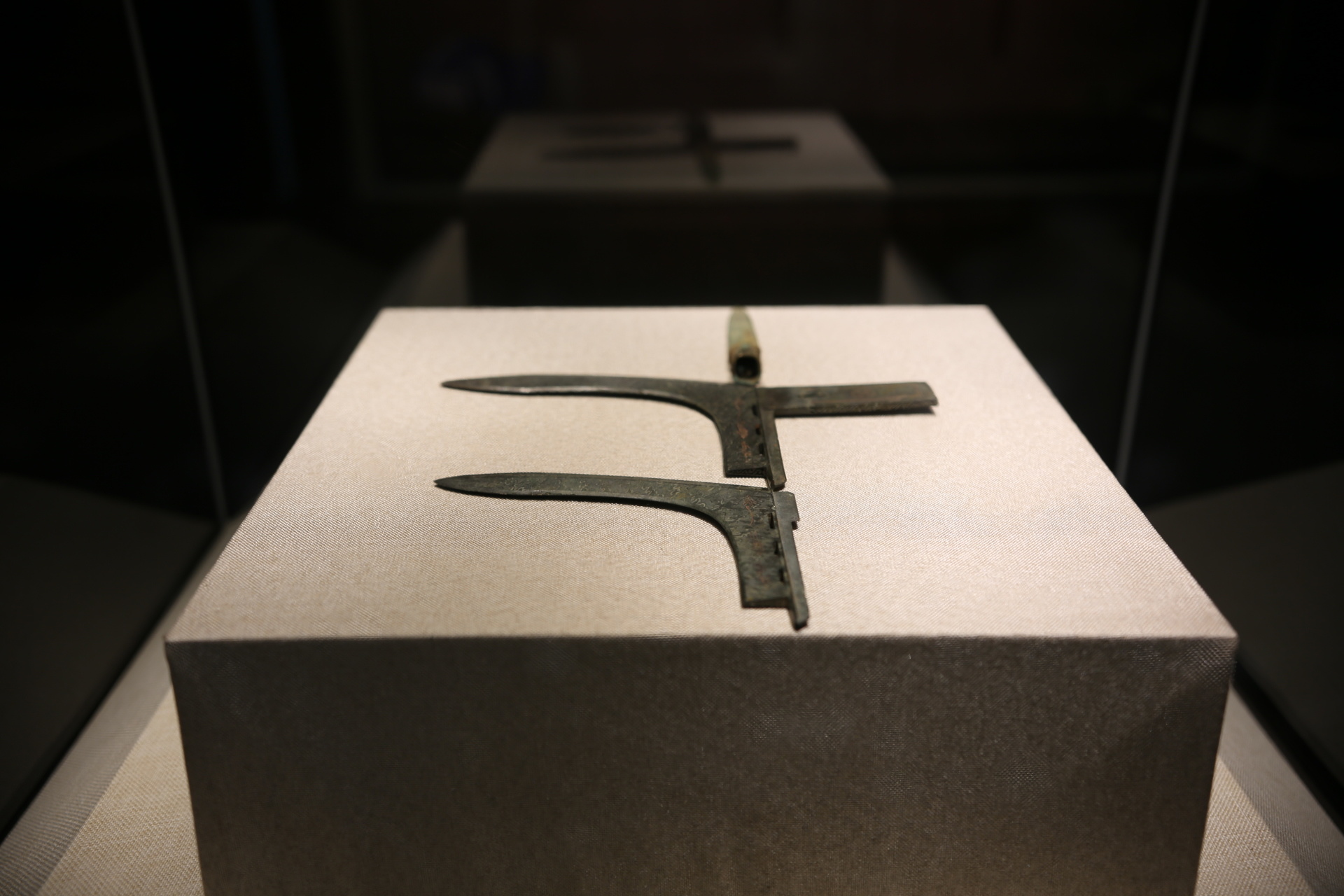
This artifact was unearthed from a tomb in the Wenfeng Pagoda Cemetery in Suizhou. It is a double-headed halberd with spikes, with a spear point at the end of the shaft. Two halberds are vertically placed on the upper part of the shaft; the upper halberd has an inner edge, while the lower one does not. Both halberds share identical decorative features: a completely black surface, flame-shaped dark patterns on the blade and socket, and identical gold inlays of bird-seal script on the socket, reading “For use by Prince Guang of Wu”. This indicates that the maker was Prince Guang of Wu, who is Helu, the King of Wu. Based on the inscriptions of the burial objects, the tomb owner was Zengsun Shao, who served as the "Grand Sima" of the Sui state, a position of military authority.
Zengsun Shao is not recorded in extant literature and should be the grandson of a certain Zeng Hou of the Zeng state. The reason why Prince Guang's halberd was buried with Zengsun Shao, and placed inside the coffin as a personal item, must involve an extraordinary historical event, likely closely related to the Wu-Chu War.
Previous Page
Related News
Commodity Details
Product name: Museum tickets (including multimedia interactive show)
Commodity number: not set
Classification: He Lu
Shelf time: 2016-04-28
No detailed description
Commodity Details
Product Name: Wenbo House-Accommodation
Commodity number: not set
Classification: He Lu
Shelf time: 2016-04-28
Wuxi Junlai Wenbo House is located on the bank of the beautiful Taihu Lake-Mashan, close to the Helu City Museum, facing Taihu Lake, with green mountains and green waters and beautiful scenery.
Wuxi Junlai Wenbo House is managed by Wuxi Junlai Hotel Management Group. It is a characteristic hotel with the theme of "Wu Culture". It now has many boutique guest rooms with perfect and comfortable rooms. After you have experienced the tiredness of the journey, you can enjoy a relaxed and new sensory experience in a quiet and comfortable environment, creating a warm and comfortable "home away from home" for guests ".
The hotel is also equipped with a 400-square-meter pillorless banquet hall, equipped with complete meeting and banquet facilities, which can undertake various meetings, theme banquets and social activities for 250 people. There are also 8 special rooms with lake views, based on Huaiyang cuisine., With the characteristics of "Wu Dicai" and "Mashan Farmhouse Cuisine", accompany you into the journey of healthy food.

He Lu Xiongfeng Hall
He Lv Xiongfeng Hall, through a wealth of exhibition means to fully explain the historical outlook of Wu Wang He Lv and He Lv City, highlighting the humanistic spirit of Wu Wang He Lv's efforts to govern, clean and friendly to the people, appointing people on their merits, and his ambition to compete for hegemony and build a strong army.
Commodity Details
Product name: imitation song lotus cup
Commodity number: not set
Classification: He Lu
Shelf time: 2016-04-20
At the end of the Southern Song Dynasty, Longquan kiln powder green glaze chrysanthemum valve. The calamis has a deep arc abdomen and a small circle of feet. The edge of the mouth and the abdomen are made into chrysanthemum petals. Therefore, the scientific name "chrysanthemum petals" is also called "lotus seed cup". The full body of the utensils is applied with a thick glaze of powdery green opacity, and the glaze color is extremely warm and moist, with only the exposed tire at the foot end showing a light red color. This is full of type, regular process, beautiful and elegant, is the end of the Southern Song Dynasty Longquan kiln Xikou kiln firing high-grade diet tea matching utensils.
This lotus seed cup imitates the shape of Longquan celadon lotus seed cup in the Southern Song Dynasty, with a stable and correct shape. Lotus seeds have the meaning of lovesickness, love as pure and loyal as water, long and distant.
Commodity Details
Product Name: "Wu Du He Lu Ancient City Three Volumes"
Commodity number: not set
Classification: He Lu
Shelf time: 2016-04-20
Basic information:
Edited by: Wuxi Wudu Helu Ancient City Site Management Committee, Wuxi Taihu Culture Research Association
Publisher: Jiangsu People's Publishing House
Pageback: 209 pages
Language: Simplified Chinese
Opening: 16
Introduction:
The series of "Wu du he Lu ancient city" is divided into three volumes: first, middle and second. The first volume is a selection of 29 ancient books (paragraphs) and 131 ancient and modern poems. The middle volume compiles 8 articles of "He Lu Xiong Feng", 12 articles of "Wu Yue Qunying", 27 articles of "Legend of Allusions" and 60 articles of "Tracing and Visiting Trail. The second volume consists of three parts. The first part is "Site Overview", which introduces the current situation of the Helu City site and the investigation of archaeology; the second part "The Road to Cultural Protection" introduces the discovery, protection, planning and development of the site; In the last part of "Exploration and Research", 15 papers by relevant experts and scholars are included. These articles focus on the history and current situation of the Helu City site, it provides a theoretical basis for the protection and construction of the site of Helu City.
This series of books is easy to understand, with pictures and texts. It is a good book for the general public to understand the ancient city of Helu.
Commodity Details
Product Name: Wenbo House-Catering
Commodity number: not set
Classification: He Lu
Shelf time: 2016-04-27
No detailed introduction
Commodity Details
Product name: dragon pattern with a can
Commodity number: not set
Classification: He Lu
Shelf time: 2016-04-15
Imitation of the original celadon with a jar unearthed from the Longshan stone mound at the site of Helu City in Wudu in the Spring and Autumn Period, it was originally an ancient aristocratic daily-use utensils. The jar body is decorated with dragon patterns, and its shape is unique, which is rare in China. This work was commissioned by the Helu City Ruins Museum to produce the Yixing Jiang Liying Purple Sand Studio.
